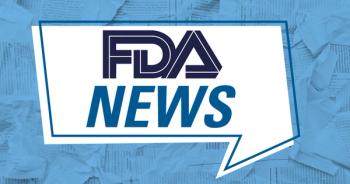
How often do pregnant women drink alcohol?
The effects of alcohol consumption during pregnancy are well known, but a small but not insignificant number of women are not getting the message.
The effects of alcohol consumption during pregnancy are well known, but a small but not insignificant number of women are not getting the message. A recent
The authors used data from the 2015-2017 Behavioral Risk Factor Surveillance System (BRFSS), a telephone survey in which 6,814 US women aged 18 to 44 were randomly called. Participants were asked three questions focused on current drinking and binge drinking over the past 30 days: “How many days per week did you have at least one drink?” “How many times did you have four or more drinks?”and “What is the largest number of drinks you had on any occasion?”
Of the pregnant women surveyed, 11.5% reported current drinking and 3.9% reported binge drinking in the past 30 days. Current drinking among non-married pregnant women was nearly double (15.9%) compared to pregnant women who were married (8.6%). Binge drinking prevalence among non-married women was nearly triple (6.1%) compared with married pregnant women (2.2%). Women who self-reported as “other, non-Hispanic,” which included American Indian/Alaska Native, Asian/Pacific Islander, and multiracial respondents, reported a significantly higher prevalence of current drinking (18.5%) than Hispanics, who reported the lowest prevalence (8.9%).
Among women who reported binge drinking in the past 30 days, the average frequency was 4.5 episodes (95% CI = 3.1 - 5.9). The average largest intensity was 6.0 drinks (95% CI 5.0 - 7.0).
The authors noted that estimates for current drinking and binge drinking among pregnant women rose slightly in 2015 to 2017 (11.5% and 3.9%, respectively) compared to 2011 to 2013 (10.2% and 3.1%, respectively). Although this study had several limitations, including potential underreporting of alcohol consumption by participants, the authors believe that ob/gyns should follow the recommendations of the Community Preventive Services Task Force, The U.S. Preventive Services Task Force, and the American College of Obstetricians and Gynecologists, which recommend universal alcohol and behavioral screening along with community-level interventions.
Newsletter
Get the latest clinical updates, case studies, and expert commentary in obstetric and gynecologic care. Sign up now to stay informed.
















